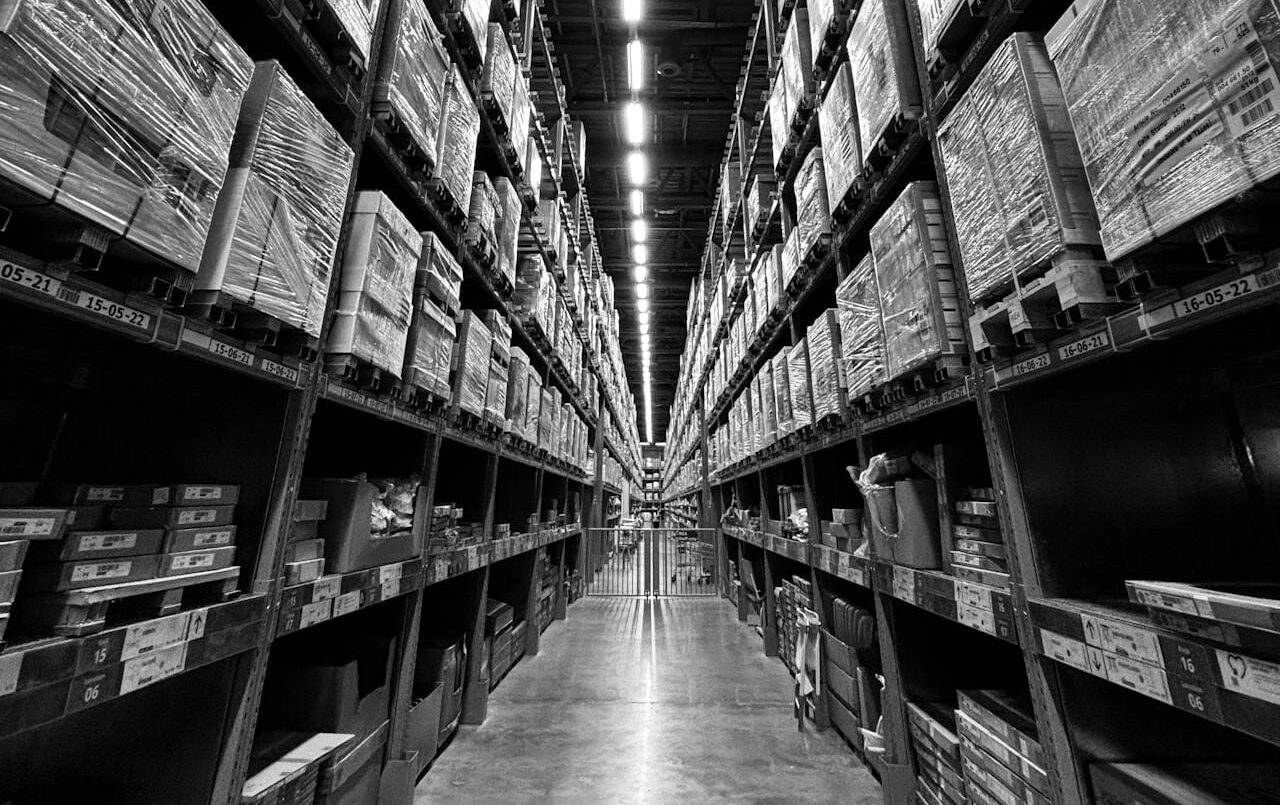Australia’s sunny reputation takes a backseat during winter, especially for businesses that rely on efficient freight movement. Here’s a look at common winter freight challenges and some strategies to navigate them:
Common Winter Freight Challenges in Australia
- Increased Delays: Harsh weather conditions like rain, fog, and even occasional snow in some regions can lead to road closures, job cancellations, and overall delays in freight movement.
- Damage and Spoilage: Cold temperatures and moisture can damage temperature-sensitive goods or lead to spoilage for perishable items and contribute to increased damage to packaging.
- Safety Concerns: Slippery roads and reduced visibility can create hazardous situations for drivers, impacting delivery timeframes.
- Peak Season Strain: Winter often coincides with periods of high demand, putting additional strain on freight networks and potentially leading to price hikes
Strategies for a Smooth Winter Freight Flow
- Proactive Planning: Schedule shipments well in advance, considering potential winter delays. Be flexible with delivery windows if possible.
- Communication is Key: Maintain open communication with your freight carrier. Discuss winter contingencies and stay updated on any delays or weather-related issues.
- Consider Alternative Shipping Options: Depending on your needs, other forms of freight might be a faster or a more reliable option during winter if weather significantly impacts road travel.
- Winter-Proof Your Packaging: Invest in protective packaging, and if this is not an option ensure you provide your transport company with key information about transport requirements (Tautliner requirements etc).
Winter Freight Resources
Many government and industry associations offer resources on winter freight best practices. Consider checking with:
- The Australian Logistics Council (ALC): https://austlogistics.com.au/about-alc/
- The Department of Infrastructure, Transport, Regional Development and Communications: https://www.infrastructure.gov.au/
By understanding the challenges and implementing these strategies, businesses can ensure their freight keeps flowing smoothly throughout the winter months.





